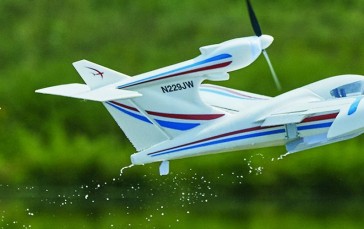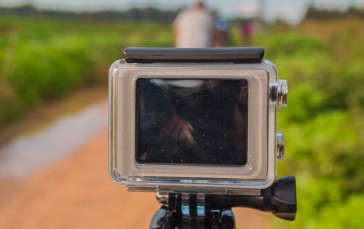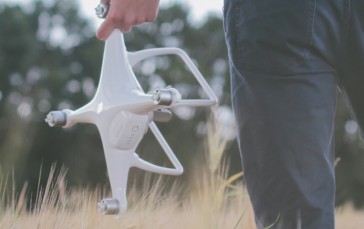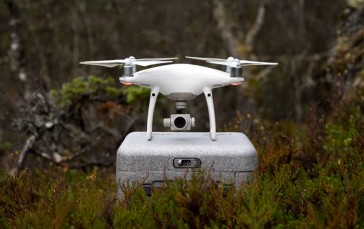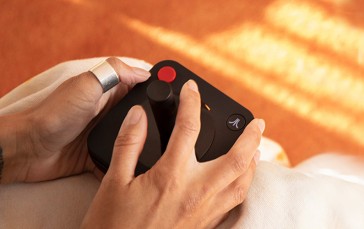Tips For Flying RC Plane
Whether you’ve received a remote control plane as a gift or bought one for yourself you’ll need to learn how to fly it properly. Keeping a remote controlled plane in the air isn’t terribly difficult but it will require that one indispensable ingredient that’s part of mastering any new skill, whether it’s powered flight or basketball: practice. Below we’re going to go through the basics of flying a remote controlled plane (sometimes referred to as a “radio” controlled plane) and then it will be up to you to take this information and practice it until it becomes second nature.
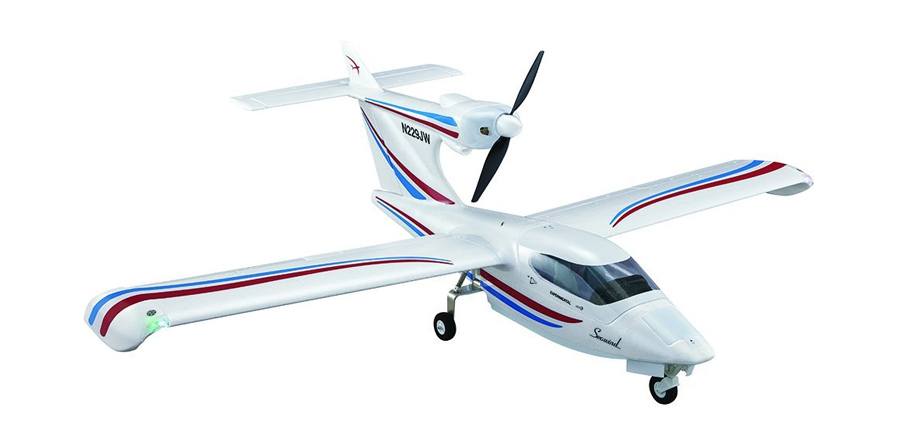
The Basics: How a Plane Moves
Like all airplanes the remote controlled plane navigates by way of its rudder, elevators and ailerons. Without them it would be nothing more than a low speed bullet, unable to change its trajectory once it was set in motion. Here’s how these navigational controls work.
- Rudder – The rudder controls left/right motion of the plane. If you want the plane to turn left you move the rudder left. If you want the plane to move right you turn the rudder to the right. This type of directional control is known as the “yaw”.
- Elevator – The elevator is typically located at the rear of the plane. The elevator is a horizontal stabilizer that allows you control over the plane’s “pitch”, or up and down motion. Tilt the elevator downward and the plane will dive. Tilt it upward and the plane will rise.
- Ailerons – Ailerons work in concert to control the “roll” of the airplane. There are ailerons at the tail end of each wing and they work in opposition to one another to cause the plane to roll left or right. So raising the right aileron and lowering the left will cause the plane to roll right, while raising the left aileron and lowering the right one will cause the plane to roll left.
Taking the Plane Out
So you’ve assembled your plane and familiarized yourself with the basic control principles. Now it’s time to take it out for a spin. If you plan on recording your first flight from on-board, make sure your GoPro is secured properly – you don’t want that coming loose mid-flight!
- Power up the radio transmitter first, then the remote control plane.
- Check that all of the above mentioned flight surfaces are in a neutral position to begin with.
- Familiarize yourself with which sticks control the rudder, elevators and ailerons.
- Perform a range check. You can do this by walking a hundred feet or so from the plane and trying to control the flight surfaces. Keep moving farther away until you lose the ability to control those flight surfaces. The point at which you lose control is the limit of your flight range. Make a note of approximately how far that is and then return to the plane.
- Attach a ribbon to the antenna that will help you determine wind speed. If the ribbon is pushed straight out parallel to the ground it’s too windy and you should not attempt to fly. Ideally, you want the ribbon to hang at less than 30°.
- Determine the wind direction by doing what golfers do: toss a bit of grass into the air and see which way it’s blown. Always make sure you launch and land into the wind.
- Gradually power up your airplane (into the wind) and, as it starts to flirt with lift-off, angle the elevators upward to around 30°.
- Maintain 100% throttle until the plane reaches a predetermined cruising altitude. This will differ depending on the size of the plane and the power of the engine. Once you’ve reached cruising altitude throttle back to around 50%.
- Once in flight remember your basic controls: rudder = left/right, elevators = up/down and ailerons = roll left/roll right. Practice some simple maneuvers to get comfortable with the controls. Also, don’t exceed your flight range.
- After practicing for a while bring your aircraft in for a landing, again into the wind. Reduce speed gradually so the plane descends slowly from the air. When it’s a few feet from the ground reduce the throttle to 0 and let the plane glide to a full stop on the ground. If you need to you can use the elevators to raise the nose just a tad to ensure the front wheel does not contact the ground first.
Take These Warnings to Heart
- Never fly if it’s too windy. Keep an eye on the ribbon attached to the antenna.
- Never try to catch the plane if it comes near you.
- Keep fingers, clothes and hair well away from the propeller.
- Make sure you’re flying away from buildings and houses – you don’t want to be crashing into a chimney or TV antenna! If you’re in the local park, be extra aware of your surroundings and let those near you know what you’re doing.
- If you see another remote control plane operator nearby make sure they’re not using the same radio frequency as you. This could lead to serious accidents.
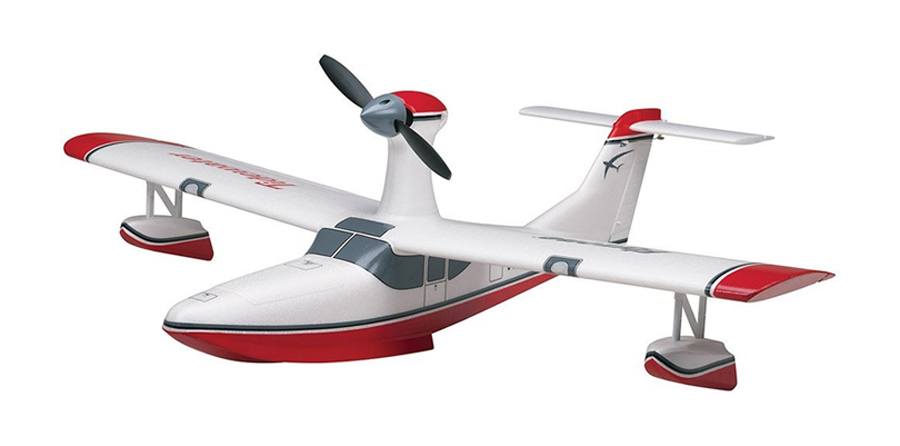
If you’re still after some tips after reading this guide, there are plenty of online videos you could find on your Android TV box to help you with the basics. If you’re after more advanced tips and guides, then perhaps a flying club is for you – carry out a search to if there is one local to you. With all that said, get out there and enjoy and remember, practice makes perfect!


